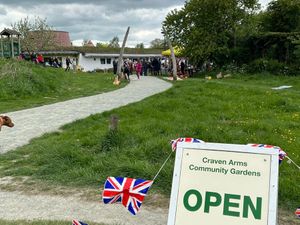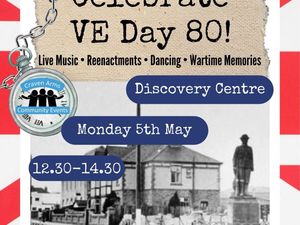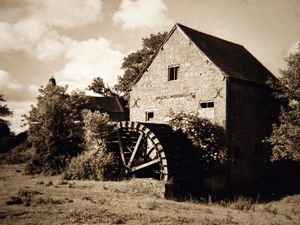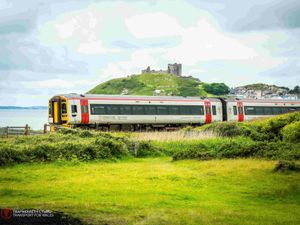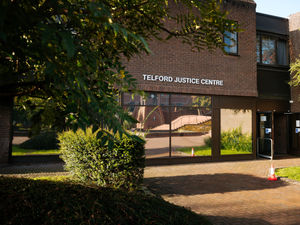Church spotlight: St John the Baptist's Church in Stokesay
It's fair to say that 1646 was not a terribly good year for the Cavaliers. Following the Royalist defeat at the Battle of Torrington, Cromwell's New Model Army swept across Britain, mopping up any last pockets of resistance with consummate ease.
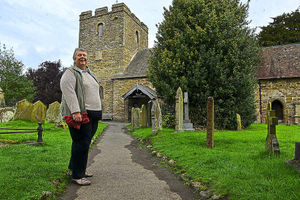
Around this time, a group of Royalist stragglers took refuge in St John the Baptist's Church at Stokesay, near Craven Arms, maybe hoping that the encircling Parliamentarians who had captured the neighbouring castle would not attack the church.
If that were the case, they were very much mistaken. The Roundheads subjected their enemies to a fierce onslaught, destroying much of the church: the south side of the nave, facing the castle, was destroyed entirely, probably by cannon shot.
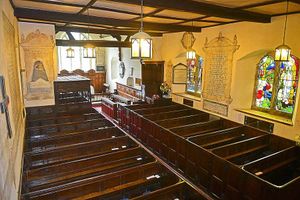
Established: 1150
Main services: Sunday 10am
Stokesay takes its name from the Old English stoc, meaning a place or enclosure, and the Norman family name Say which also gives its name to Hopesay and Moreton Say
The pulpit, complete with a sounding board and reading pew, dates from the 17th century
There is a fine collection of oak box-pews
The north side was not damaged so severely; here the jambs run half-way up the single-light windows, showing that up to this height the wall probably survived the Civil War bombardment.
And the end result was that today, St John's is one of Shropshire's most remarkable churches, almost unique in that it was rebuilt during the days of Cromwell's Commonwealth.
Today, the churchwarden Pat Broad says, it attracts about 24,000 visitors a year, with many of them travelling from as far afield as Canada and Australia.
Visitors over the next few weeks will notice two of the stained glass windows being removed for vital restoration work.
Such a project comes at a cost though, and the church is seeking donations towards the £10,500 cost of the repairs. "At the moment we are halfway there, and I am sure with lots of hard work and cups of tea we will get there," says Mrs Broad.
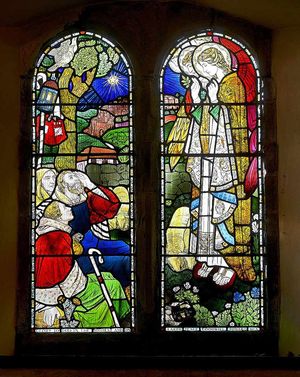
The original church was built around 1150 as a chapel to Stokesay Castle and was probably expanded once the castle site developed in the 13th century. It was extensively rebuilt in 1654, four years before Oliver Cromwell's death, although some Norman features survive.
What is particularly striking, though, is the number of 17th century fittings.
Striking features of the present church include the biblical texts on the walls, two-deck pulpit, and a west gallery. The gallery, accessed by stairs, would originally have been occupied by a small orchestra. This was replaced around 1855 by a harmonium, and later still by the present organ.
Beneath the staircase are five pews which survived Cromwell's attack, and on the north side of the chancel there is a splendid canopied pew.
"That, I imagine is where the gentry would have sat,"says Mrs Broad. "If you look at our pews, they gradually get narrower, so it was probably that the more important you were, the wider the pew."

